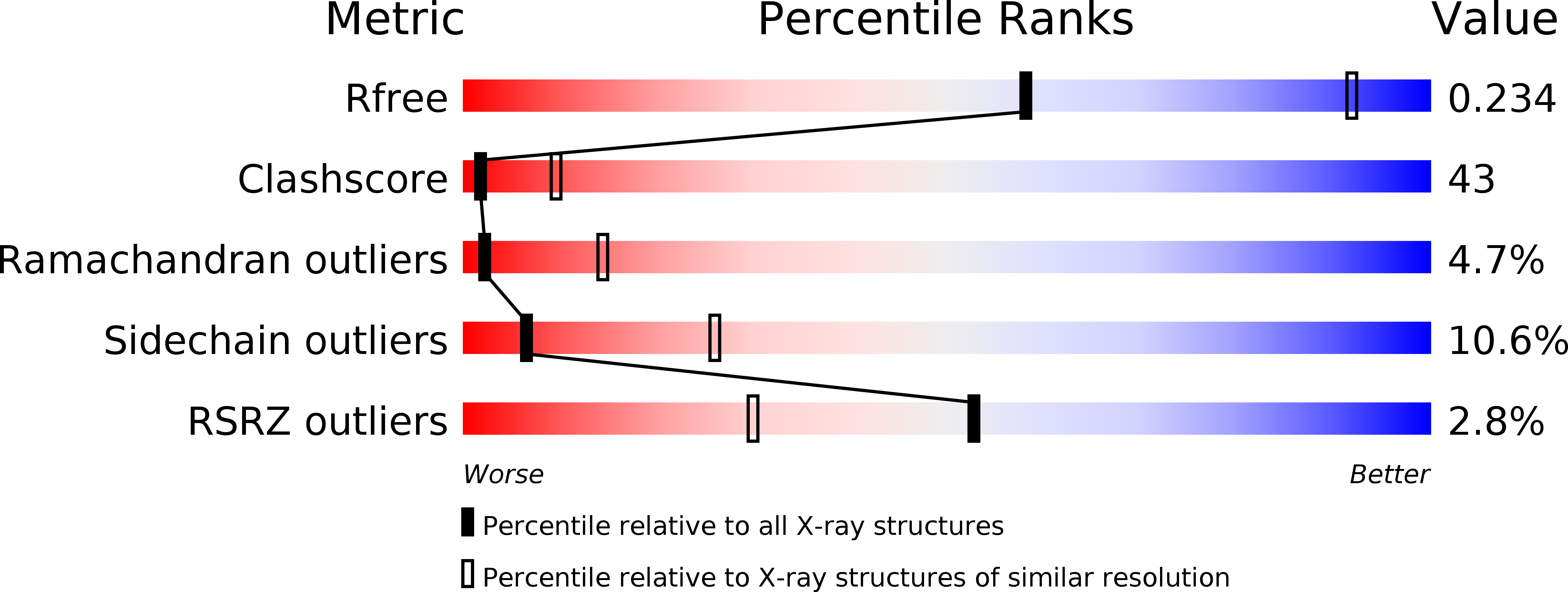
Deposition Date
2010-07-27
Release Date
2010-09-15
Last Version Date
2024-02-21
Entry Detail
PDB ID:
3O4Z
Keywords:
Title:
Tel2 structure and function in the Hsp90-dependent maturation of mTOR and ATR complexes
Biological Source:
Source Organism:
Saccharomyces cerevisiae (Taxon ID: 4932)
Host Organism:
Method Details:
Experimental Method:
Resolution:
3.10 Å
R-Value Free:
0.23
R-Value Work:
0.22
R-Value Observed:
0.22
Space Group:
P 1 21 1


